In the wee hours of 25 January 1994, Captain DPK Pillay, an Adjutant to the 8th Guards battalion of the Indian Army, was leading a patrol into Longdi Pabram, a very remote village in the insurgency-affected Tamenglong district of Manipur.
He was leading a patrolling unit into Longdi Pabram based on intelligence reports his battalion had received that four militants of the National Socialist Council of Nagaland (Isak-Muivah) insurgent group were hiding there. These militants reportedly had plans of blowing up a bridge and communication tower that would hamper the movements of the Indian Army there. Leading the patrol, his task was to hunt them down.
Atanbou, the village headman, remembers the day vividly nearly 27 years later.
“When four armed militants of the NSCN (IM) came here the day before, I pleaded with them to hide out in the nearby jungles. I knew that the Indian Army patrol would follow them here. Our village was on the army’s radar since seven of our residents were members of the group. They paid no heed to our plea and instead ordered eight unarmed boys from the village to perform lookout duties through the night. The militants settled on one house and stayed inside. Eventually, the Indian Army patrol arrived and cordoned off the village. The army rounded up the young boys on lookout duties and Captain Pillay asked me what they were doing loitering around at night,” recalls Atanbou, speaking to The Better India.
Gripped by fear, Atanbou cooked up a story about how after dark these young boys were taking their lovers out at night after their parents slept and were therefore loitering around at the edge of the village waiting for them. However, after some time, the army patrol got a whiff of the militants hiding out in the house and surrounded it entirely.
“Havildar Madan, a non-commissioned officer with the Education Corps, alerted me to the house. He signalled us to come there and we cordoned off the house,” recalls Pillay, who retired from the army in 2017 with the rank of Colonel.
Despite multiple calls to the owner of the house where the militants were hidden, the door didn’t open. That’s when Captain Pillay sought to force his way inside the house.
“Upon entering the house, the militants fired their AK-47 rifles and I suffered multiple gunshots to my chest and arm, besides a grenade blast that exploded on my right foot. The encounter lasted about an hour and a half. Finally, when we threatened to blow up the house with a rocket launcher, the militants surrendered,” recalls Pillay.
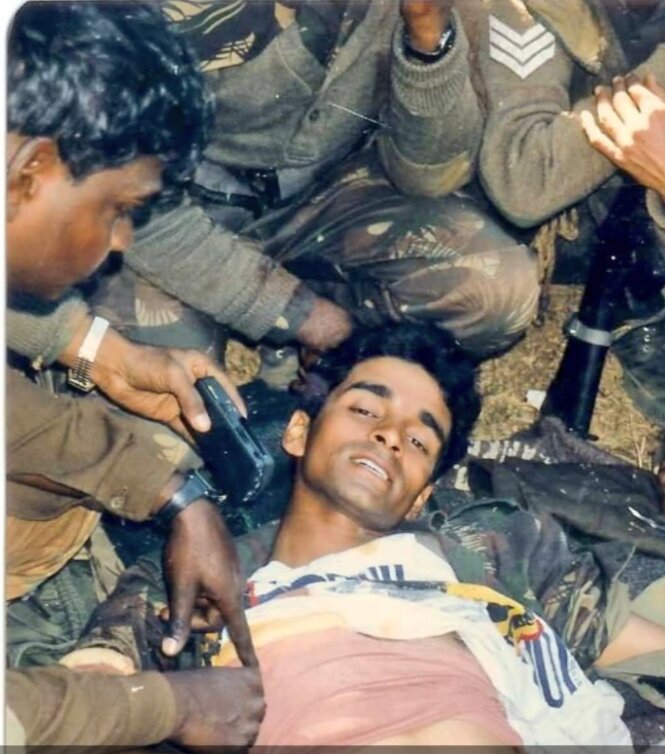
He had suffered a bullet wound on his chest, three on his shoulder and his right leg was grievously injured. Among the four militants hiding there, one had escaped while their commander was killed in the firefight. The remaining two surrendered.
When the firefight ended at the break of dawn, two wounded children came out of the house. Captain Pillay didn’t know that there were children inside the house. One was a 6-year-old boy who was shot in the leg, while his 13-year-old sister was shot in the stomach.
“There was already a helicopter on standby because information had reached headquarters that I was injured. When the helicopter came to airlift me from there, I realised that the siblings had suffered serious gunshot wounds and were lying in a pool of blood. My instinct told me to save the children as there was no way these children would have survived the six-hour journey to the nearest hospital. Moreover, I could have never lived with the survivor’s guilt,” recalls Pillay.
When the helicopter landed at the site of evacuation, the pilot, who happened to be Pillay’s coursemate famously said, “Don’t play Mother Teresa, Pillay. I need to… what will I tell your mum?” In response, Pillay said, “Just tell her that I saved two children.”
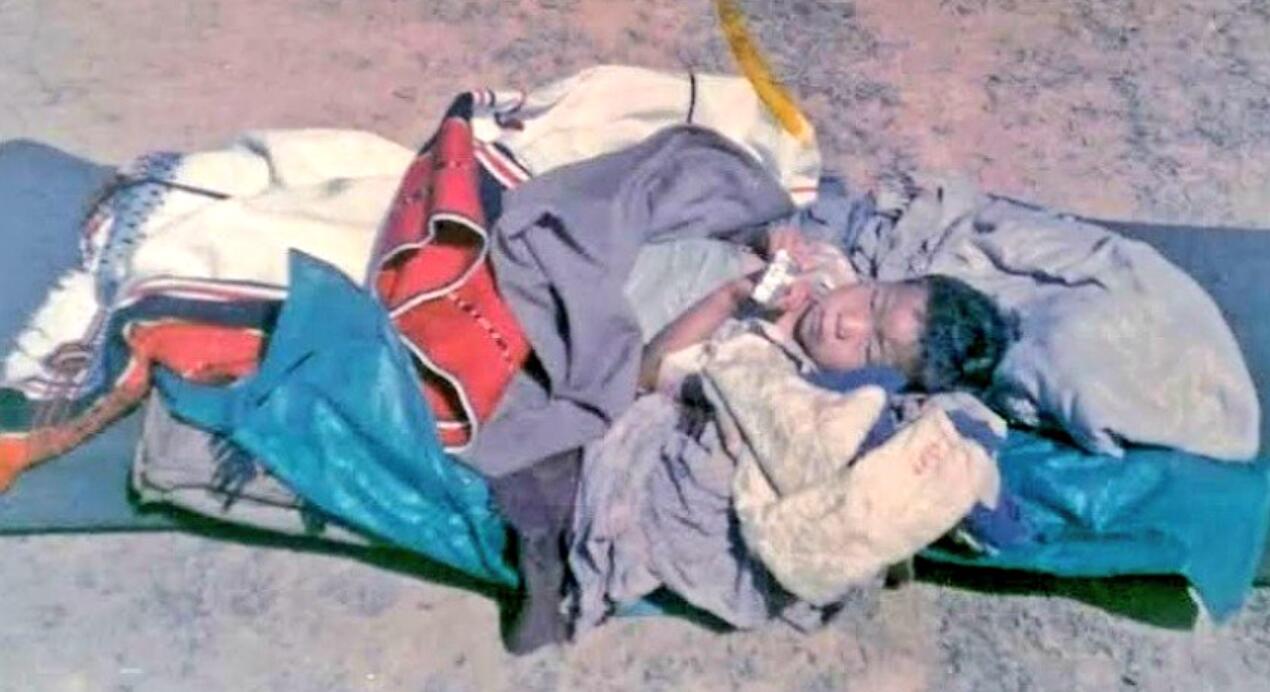
After evacuating the siblings, the helicopter came back for Pillay. The children were first taken to the battalion headquarters at Tamenglong and eventually shifted to the Regional Institute of Medical Sciences (RIMS) hospital in Imphal, where they recovered.
However, as Atanbou recalls, that wasn’t the end of Pillay’s heroics. He says, “With emotions running high after he suffered grievous injuries during the firefight, there were fears that the soldiers would burn down our village. I apologised to him for whatever happened that day. Longdi Parbam was in his hands. Mercifully, he stopped this from happening. Captain Pillay said that the army achieved what it had set out to, and therefore their duty was done. They also let go of the unarmed village boys who had been rounded up.”
“Our weapons are meant to kill our enemies and not our own people,” adds Pillay.
He performed all these heroics while undergoing a near-death experience. “I nearly died and it was the prayers of the villagers that helped me get back to life,” he says. For his heroics, he was decorated with the Shaurya Chakra in 1995.
But this isn’t where his incredible and heartwarming association with the village ended. About 16 years later, this gallant soldier from Kannur city, Kerala, would reunite with those who he saved that day and set out on another fascinating journey of helping them.
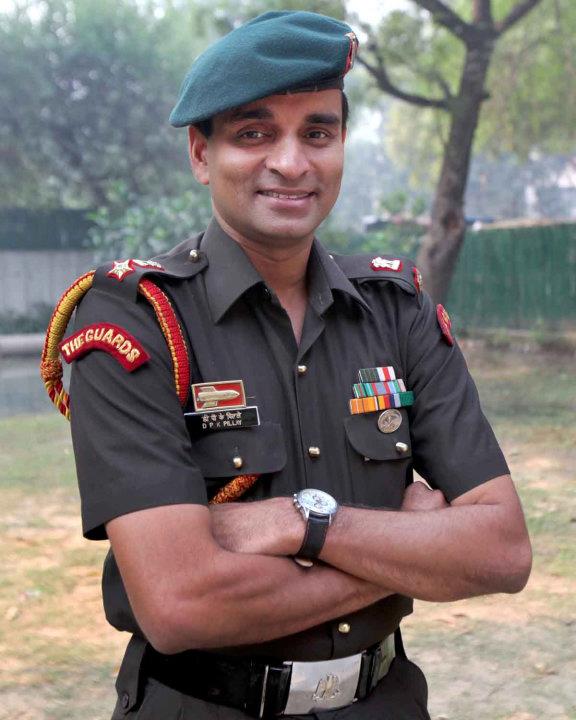
An Emotional Reunion
As the Indian Army’s Additional Directorate General of Public Information (ADGPI) notes in this 2015 Facebook post:
“Many years later in 2010, Brig N.J George, the Brigade Commander, who was aware of this incident sent out a patrol to enquire about the survivors from this old operation to this remote village. It was also the first time the villagers learnt that Capt Pillay had survived and they sought a reunion with him. The young captain had become a Colonel and had been selected to work at the National Security Council Secretariat by the Army.”
“I remember the day when my good friend Major General (Retd.) George rang me up in New Delhi. He told me about how the village remembered me and that an army patrol had come across a memorial for me at Longdi Pabram since its residents thought I died of my injuries. When Atanbou came to know I was alive, he wanted to meet me. So, on 8 March 2010, I went back to the village where I had nearly died, but saved lives,” he recalls.
“Before his visit, I spoke to Colonel Pillay on the phone. On the call he said, ‘Hello Chairman Saab (extension of village authority chairman), you’re still alive’, and we had a good laugh. I told him that thanks to him I was still alive. He responded by saying that he would visit us. When I told my fellow villagers about my conversation with Colonel Pillay and broke the news of his visit, they were ecstatic,” recalls Atanbou.
Suffice it to say, the visit was a very emotional moment. Pillay met the brother, Dingamang Pamei, and his elder sister, Maseliu Thaimei, whom he had saved on that fateful day.

“I met their parents and it was a very emotional moment. When I met the mother, she hugged me tightly and although I didn’t understand what she was saying, I definitely felt a deep sense of affection emanating from her,” recalls Pillay.
“When he came back to Longdi Pabram after 16 years, the entire village shed tears of love and happiness. The village had declared him as a member of our tribe. We even decided to give him 100 acres of land to build a home here,” says Atanbou. However, Pillay politely rejected their offer, and instead settled for “a place in their hearts”.
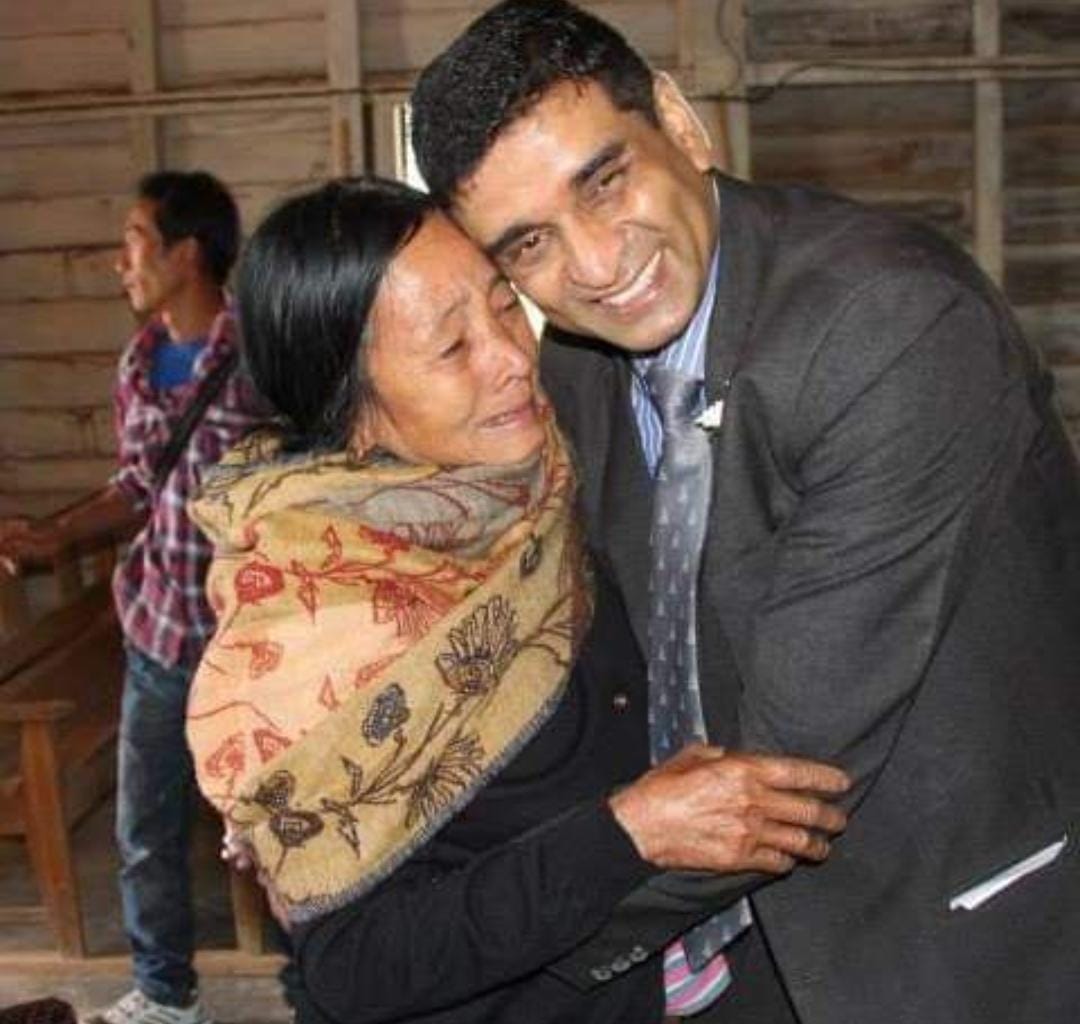
“The entire day felt like a dream. Since the events of ’94, whenever I saw young children, I would remember Dingamang and Maseliu and think about what may have happened to them. At the time there were no easy modes of transportation or communication since the village didn’t have a road leading up to it, a hospital, electricity and other basic amenities. Even today, it’s a very remote village up in the high mountains of Tamenglong. In fact, when I went back to the village, it felt like time had stood still there,” he says.
Revolutionary Roads
Meanwhile, he asked residents to draw up a proposal for road connectivity to the village and a list of all their developmental requirements. Leveraging his network and contacts, the first item on the agenda was constructing a road leading up to the village.
“In 2010, HQ 57 Division on the directions of Major General DS Hooda then General Officer Commanding of the Division located at Imphal (later Lieutenant General and Army Commander of Northern Command) built a 23 km road leading up to Tamenglong [called Peace and Friendship Road]. Subsequently, sanction to construct a blacktop road by BRO (Border Roads Organisation) was obtained and the foundation stone for the road was laid in 2012 by Minister of State for Defence, Mr M. M. Pallam Raju,” noted this 2018 paper published in ‘Strategic Analysis’ by Pillay titled ‘Human Security Approach to Internal Security: Case Study of Reconciliation and Insurgency in Tamenglong, Manipur’.
But as the 2018 paper goes on to add: “However, the Ministry of Environment and Forests held up clearance on the proposed alignment. Subsequently, in 2016, Mr Nitin Gadkari, Minister for Road Transport and Highways sanctioned a special highway [measuring 100 km] connecting Tamenglong to Peren via Longdipabram. The proposed highway has been surveyed by the National Highways & Infrastructure Development Corporation Ltd (NHIDCL) and the approval for the same has been already accorded by the Ministry of Road Transport & Highways (MoRTH), Government of India.”
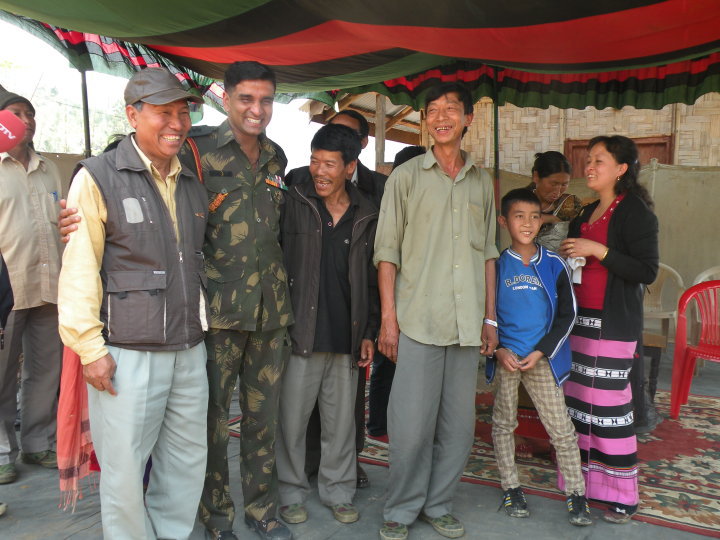
“Today, a car can reach our village. A 15 km stretch from Tharon village to our village has been made, but it requires blacktopping. By next year, this blacktopping should be done for this stretch of road between Longdi Parbam and Tamenglong. After the 100 km stretch of road from Tamenglong to Peren town in Nagaland, the road will connect with National Highway 129A and onwards to Dimapur. This road is something both Colonel Pillay and I wanted for the village even though some in Manipur have sought to politicise it and create roadblocks. We hope it’s constructed as soon as possible,” says Atanbou.
“Roads connectivity brings development and progress. Where roads end, insurgency begins,” adds Pillay. In addition, Pillay also facilitated the construction of a playground, community hall and every house was given a water-storage tank to address concerns surrounding water supply in leaner months. He even got the Union government to deliver a truck for village residents so that they could transport their produce to markets nearby.
There is an interesting story behind how that happened. “In 2011, Atanbou and I met GK Pillai, who at the time was the Home Secretary. At the meeting, Atanbou famously asked him for a truck that the village needed to transport their produce. When that request was granted, Atanbou said that he needed a road to take that truck up,” recalls Pillay.

With a Little Help From My Friends
In his drive to bring peace and prosperity to Longdi Pabram and the larger Tamenglong district, Pillay has roped in many of his influential friends from around the country. “With the help of reputed cardiac surgeon Dr Devi Shetty, who founded the Narayana Hrudalaya chain of Hospitals, and Alexander Thomas, the CEO of Bangalore Baptist Hospital, a proposal to train students from the district in nursing and other hospital services such as radio technicians and medical transcription, was initiated,” noted the 2018 Strategic Analysis paper.
As a test case, initially a batch of 25 students were selected to undergo nursing training at Narayana Hrudayalaya Bangalore. The first batch reported in August 2017, and following the success in training these students, a proposal to absorb up to 5000 has been mooted.
“The author (Pillay) is collaborating with the Assam Rifles and the state government to bring in the required number of students. The scheme works on a scholarship for the students offered by Dr Devi Shetty and, thereafter, the trained medics and nursing staff have an obligation for working for two years at the NH Hospitals at a salary of Rs 30,000 to Rs 40,000 per month depending on their specialisation. The proposal is being followed through with the Skill Development Council and the Ministry of Health to streamline and replicate the same on a larger scale,” noted the 2018 paper.
“A couple of years back, Colonel Pillay came forward with a proposal of bringing bright and fluent English-speaking girls from Tamenglong district to train as nurses in our colleges. It has been three years since they’ve joined us and by September this year, we will absorb 21 of these full-fledged nurses in the Narayana Health system. This year, we have another 26 girls from the district taking the diploma course in general nursing and midwifery,” notes Ameya Shetty, Manager of Operations at the Narayana Hrudayalaya Foundation.
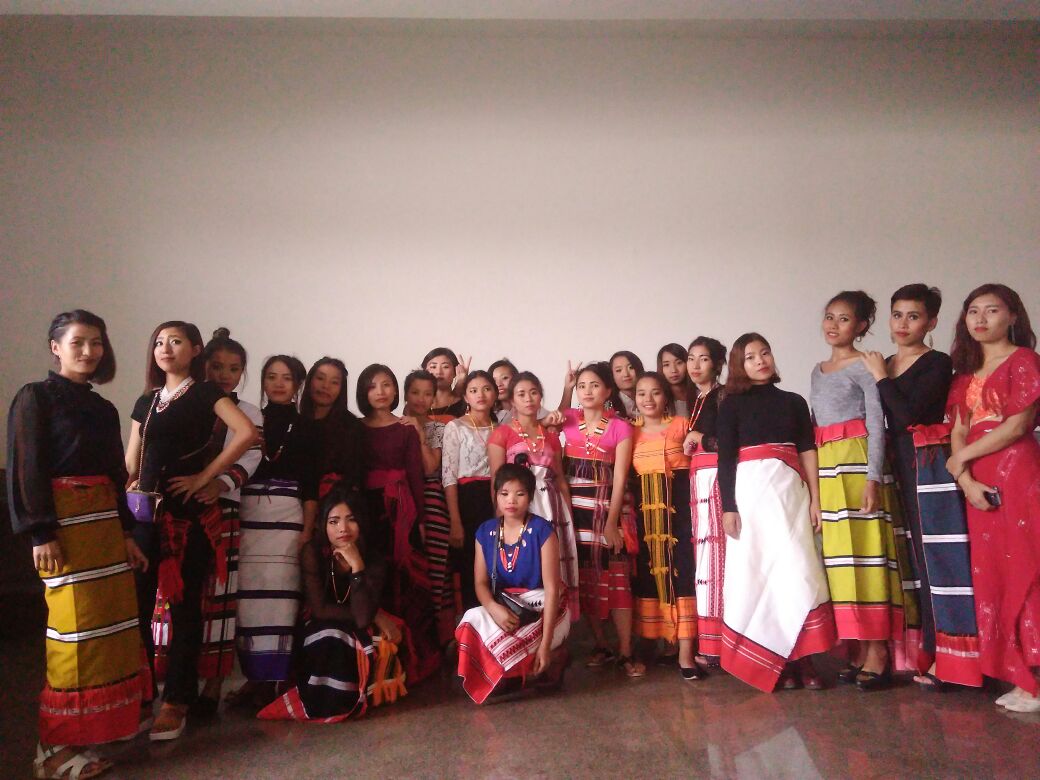
Help is also coming in from Balagopal Chandrasekhar, a good friend and founder of an Indo-Japanese joint venture company called Terumo Penpol Limited, which is one of the largest biomedical manufacturing companies in the world.
Balagopal, an IAS officer of the 1977 batch, quit the service only six years after joining it following the death of his brother and a realisation that serving in the IAS wasn’t his passion. But that short tenure in the IAS included a stint in Tamenglong district, Manipur.
“DPK is an old family friend, but I had lost touch with him. However, when I read up on his exploits in 1994 and the work he was doing in Longdi Pabram, I got in touch with him sometime around 2013/14. A couple of months later we organised a trip to the village, where we attended a wedding and the entire village showed up to greet us,” says Balagopal.
Beyond his development initiatives, he believes there is a more noble agenda at play here.
“DPK believes that peace can come in conflict zones only if we look, understand and address the problems of the people, and not by military force. It was quite amazing to hear a highly decorated soldier say such a thing. He believes conflict zones require a completely different approach based on addressing the developmental needs of the local community and village economy. My task is to assist when required,” he says.
In Longdi Parbam, Balagopal informs that their work is still at a preliminary stage.
“Right now, we are supporting a small school started by Araigna Pamei, a young woman from the village who left her job as a teacher in a missionary school overseas. Her sister, Amaina, resigned from her job with Vistara Airlines to assist Araigna in delivering basic education to the village. DPK is committed to help in building it from scratch. I told DPK that we would help her expand the school and put up a small hostel so that residents from neighbouring villages can send their children there for five days a week,” says Balagopal.
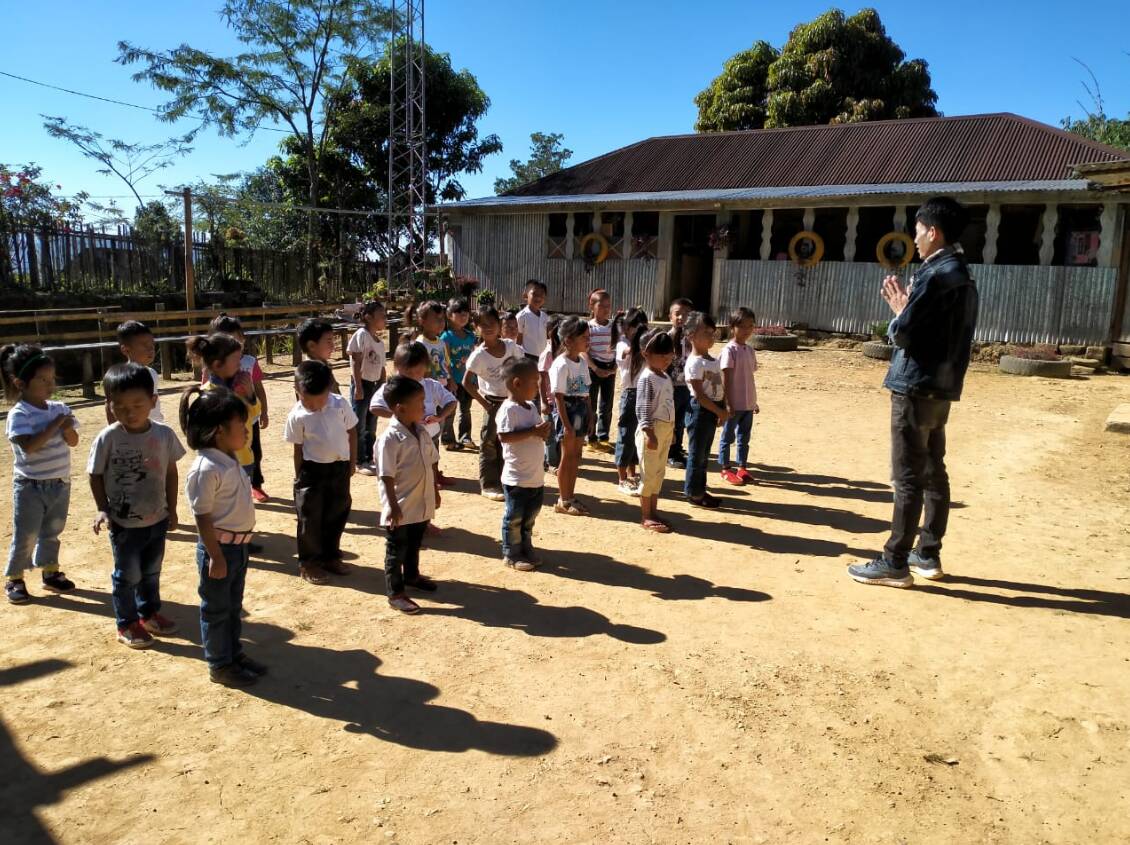
“I really want to introduce a new educational system there,” says Pillay. Balagopal is helping him set up the Longdi Pabram Foundation which they hope will facilitate their work.
Meanwhile, both Pillay and Balagopal believe technology is available for generating solar power that are non-grid based solutions for remote villages especially in the mountainous terrain of Tamenglong. These cost effective and compact solar power units, they believe, can help establish the necessary cold storage infrastructure. With the district famous for its oranges, they believe a solar-powered cold storage can do wonders for the local economy.

Uncle Pillay’s Humanity
“Uncle Pillay has been like my friend, mentor and a father figure. He came back to my village in 2010 just to check up on us. I cannot recollect everything that happened in 1994 because I was very young at the time. I remember lying wounded on the floor because of the pain that is etched in my memory. I also remember being carried up to the chopper and then remember waking up at RIMS Hospital in Imphal. I was properly unconscious during this period,” says 33-year-old Dingamang Pamei, who got married last week, and now works at a private bank in Imphal. Meanwhile, his sister, Maseliu Thaimei, is also living in Imphal.
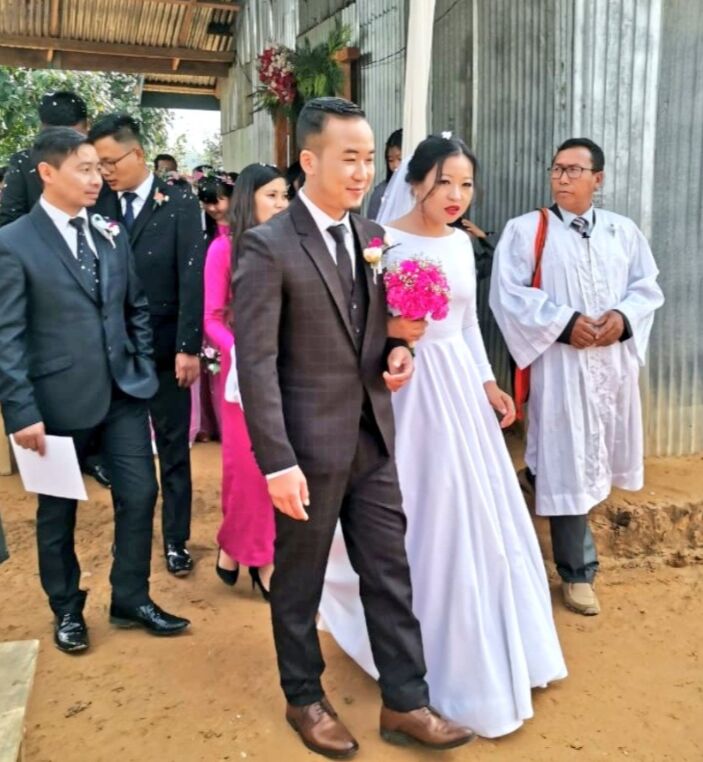
“He has supported me financially for my education from his own pocket. He would back whatever endeavour I pursued and has supported me in many other ways like a father would for his son” adds Dingamang.
“I am grateful for the selfless individuals who have assisted me in my endeavours in close partnership with the village. The only thing that unites us is our humanity. No weapons can subdue people, but if you willingly inspire them, people will accept peace and love. We must learn to harness that love and trust. What matters to me is that I will be remembered by these villagers because of how I touched their lives. That means more to me than anything else,” says Pillay.
(Edited by Yoshita Rao)
No comments:
Post a Comment